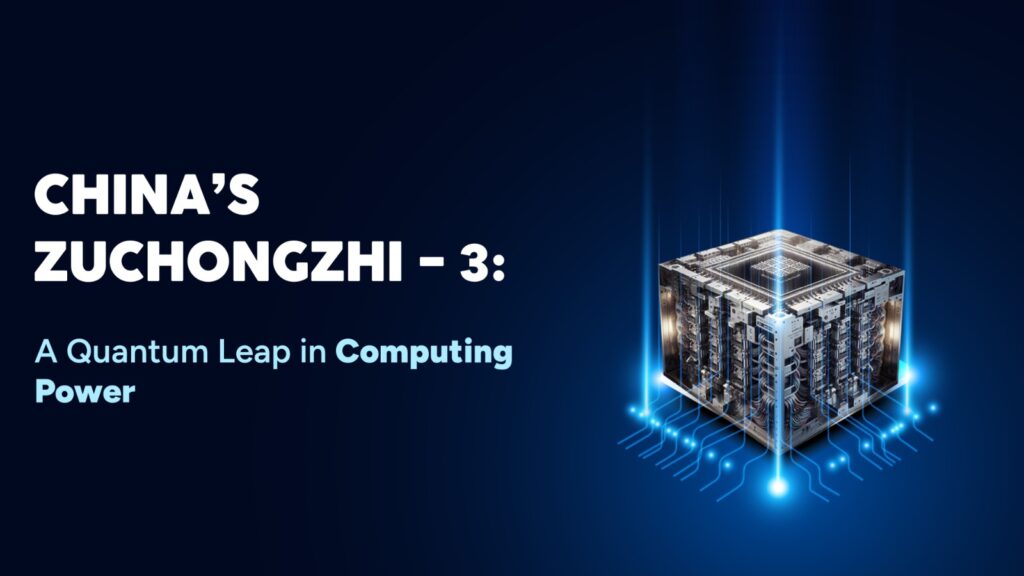The world of quantum computing has just witnessed a groundbreaking milestone!
China’s University of Science and Technology (USTC) has unveiled Zuchongzhi-3, a 105-qubit superconducting quantum computer that significantly outperforms previous advancements, including Google’s Sycamore processor.
🚀 Why This Matters
Quantum computing is evolving rapidly, and Zuchongzhi-3 represents a paradigm shift in computational power. With speeds one million times faster than Google’s best results, this advancement marks a new era of quantum supremacy.
🔹 The Rise of Zuchongzhi-3
Building on its predecessor, Zuchongzhi-2 (66 qubits), the latest version brings:
✅ 105 qubits with 182 couplers, increasing computational efficiency.
✅ 15 orders of magnitude speed improvement over today’s most powerful supercomputers.
✅ 6 orders of magnitude faster than Google’s latest quantum results.
📌 Technical Highlights
Zuchongzhi-3 is equipped with state-of-the-art specifications, making it a formidable force in quantum research:
🔹 Coherence time: 72 microseconds
🔹 Single-qubit gate fidelity: 99.90%
🔹 Two-qubit gate fidelity: 99.62%
🔹 Readout fidelity: 99.13%
💡 The Road to Quantum Supremacy
Quantum supremacy refers to a quantum computer performing calculations beyond the reach of classical computers.
🔹 In 2019, Google’s Sycamore processor completed a task in 200 seconds, which was estimated to take 10,000 years on a classical supercomputer.
🔹 In 2023, USTC’s improved classical algorithms reduced this to 1.6 seconds, challenging Google’s claims.
🔹 Now, Zuchongzhi-3 sets a new benchmark in quantum speed and computational capacity.
🌍 Final Thoughts
As quantum computing progresses at an unprecedented pace, businesses, researchers, and industries must prepare for the transformation it brings. The future is quantum-driven, and we are only at the beginning of what’s possible.
🚀 Let’s embrace the next computing revolution!
🔗 What are your thoughts on the quantum race? How do you see businesses leveraging quantum advancements in the near future? Let’s discuss!


